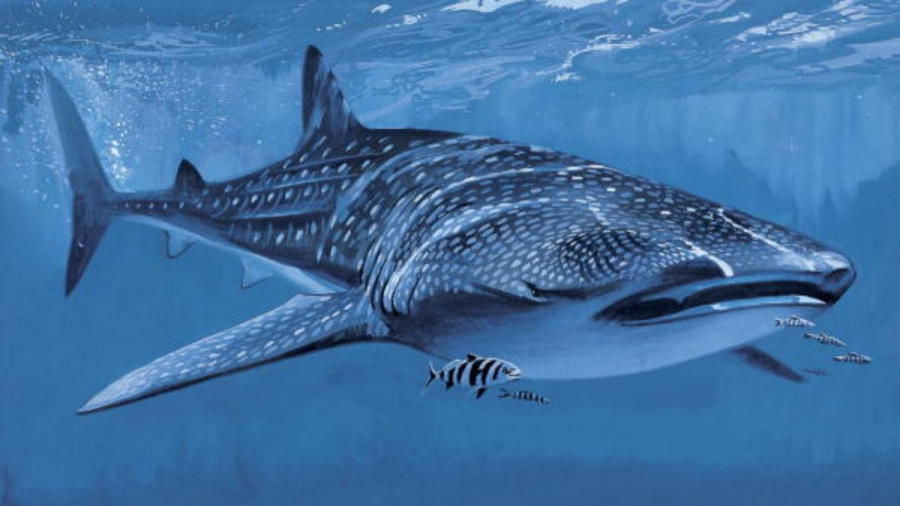Georgia Aquarium’s Whale Shark Trixie Passes Away
The spokesperson from the Georgia Aquarium announced that on Friday, November 27, Trixie, a beloved female whale shark unexpectedly died.
Trixie has been the longtime star of the Atlanta aquarium’s iconic Ocean Voyager exhibit since 2006. The official statement released on the aquarium’s Facebook page stated:
“[Trixie] was having difficulty navigating the habitat earlier in the day and then her health rapidly declined. Even after exhaustive veterinary and animal care efforts, she ultimately passed away.”
Trixie was flown over 8,000 miles to the Atlanta aquarium from a sister aquarium in Taipei, Taiwan. This unprecedented effort, led by UPS, also included the other whale sharks named Norton, Ralph, and Alice. Named after the main characters of a 1950s sitcom, “The Honeymooners,” the team of sharks brought wonder to millions of aquarium visitors. The whale shark is the largest fish in the sea, growing to be over 26 feet in length. According to georgiaaquarium.org, the gray-spotted animals are found in the tropical Atlantic, Pacific, and Indian Oceans. Their narrow throats are the reason for their diets of zooplankton, jellies, and small fishes.
The International Union for Conservation of Nature Red List of Threatened Species (IUCN Red List) classifies whale sharks as endangered. Fishing nets, boat strikes, ingestion of marine debris, and human interference are the main threats to whale sharks. In parts of China, the species is opportunistically hunted.
The aquarium reported that Trixie “contributed enormously to their whale shark research.”
“Loss is inevitable, but that does not make it any less painful. We will miss you, Trixie,” the statement concluded.
Your donation will help support The Lambert Post, Lambert High Schools student-run newspaper! Your contribution will allow us to purchase equipment and cover website hosting costs.










